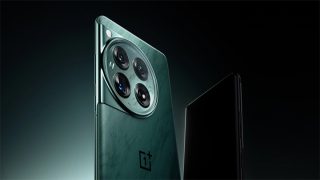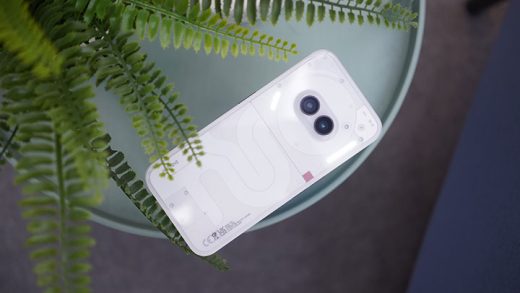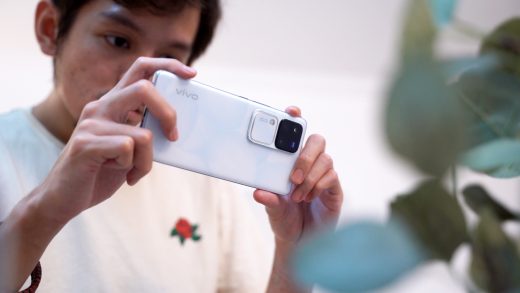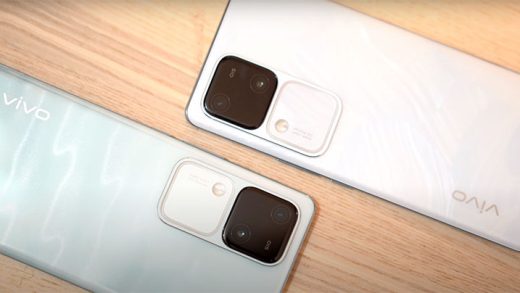Table of Contents
Viewfinder and Live View
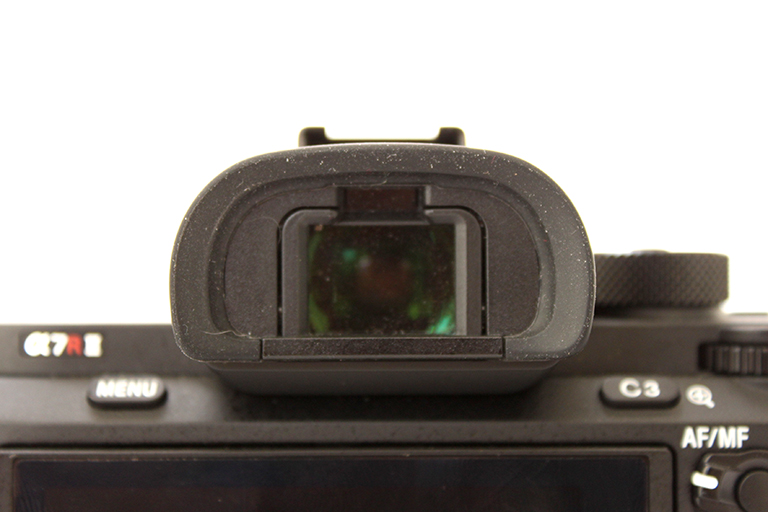
The a7R II has a 0.5-inch 2.36M-dot XGA OLED electric viewfinder (EVF) that faithfully shows what the camera will capture. Peeping through also shows the in-finder 3-axis level that aids in keeping the horizons straight. Finally, it boasts what the company calls a ZEISS T Coating that reduces surface reflection for better viewing.
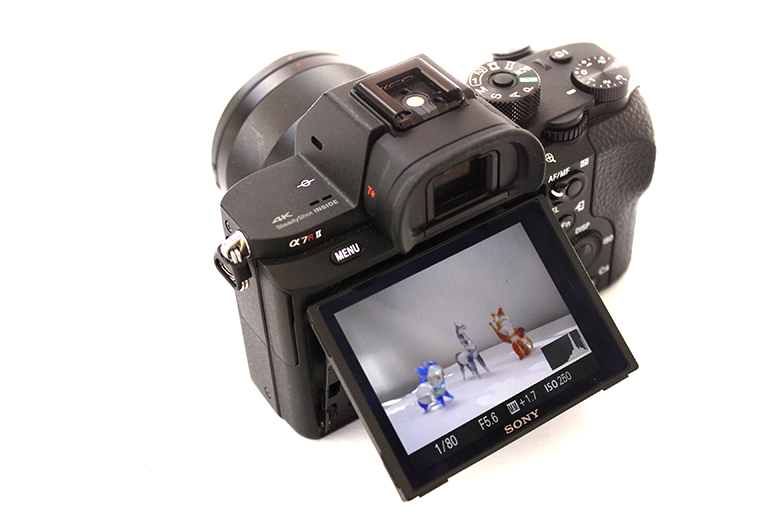
For recording live or viewing your shots, there’s a 2.95-inch with 1.2M-dot TFT LCD that’s able to tilt up and down for a more flexible shooting position. Color reproduction and even exposure are both faithful so there were no problems relying on the screen for using live view.
What we noticed, though, was that the slightest movement across the sensor of the EVF disables the display. This resulted to numerous times of making sure nothing is within the range of the sensor otherwise the display turns off even when you’re in the middle of tweaking your settings before shooting.
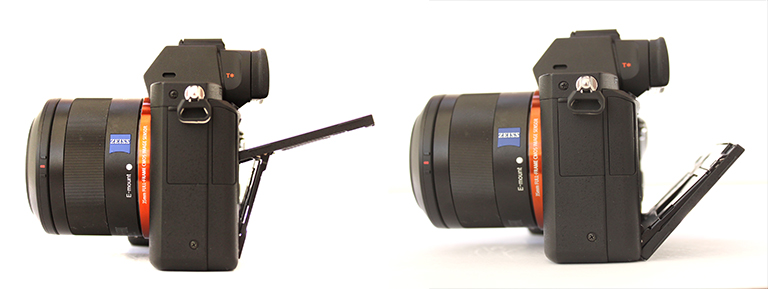
Autofocus Performance
The a7R II boasts a fast hybrid autofocus system with 399 phase-detect and 25 contrast-detect points that the company claims cover 45% of the total image area. It is also now 40% faster than its predecessor in terms of focusing. True enough, we experienced speedy focusing time on the device, but still not too reliable when it comes to high-speed shooting. As an example, we couldn’t just whip out the camera and start shooting a head-turning sports car that was quickly passing by.
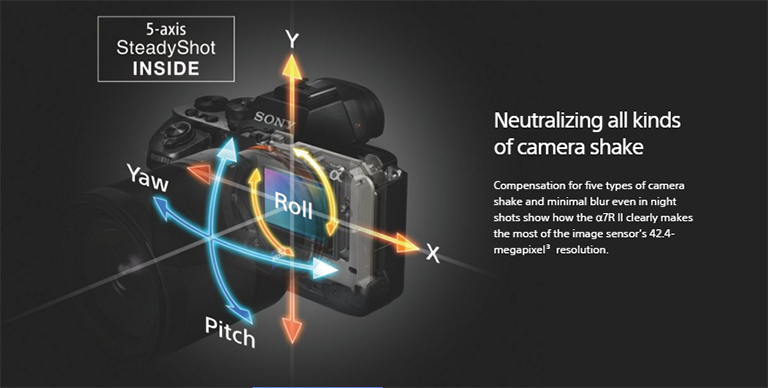
To help in keeping the subject focused, the a7R II has a 5-axis SteadyShot technology that compensates for vertical, horizontal, pitch, yaw, and roll movements. This has been present for a while now and proved to be useful for users with naturally shaky hands.
Noise and ISO Performance
This compact shooter could go from ISO-50 all the way to a whopping ISO-102400. Without needing to say it out loud, we could make the assumption that ISO sensitivity is one of the strong points of this mirrorless camera.
This well-appreciated capability worked wonders and made us want to shoot more at night. But enough of us trying to convince you with words and just check out the sample image we took at ISO-6400:
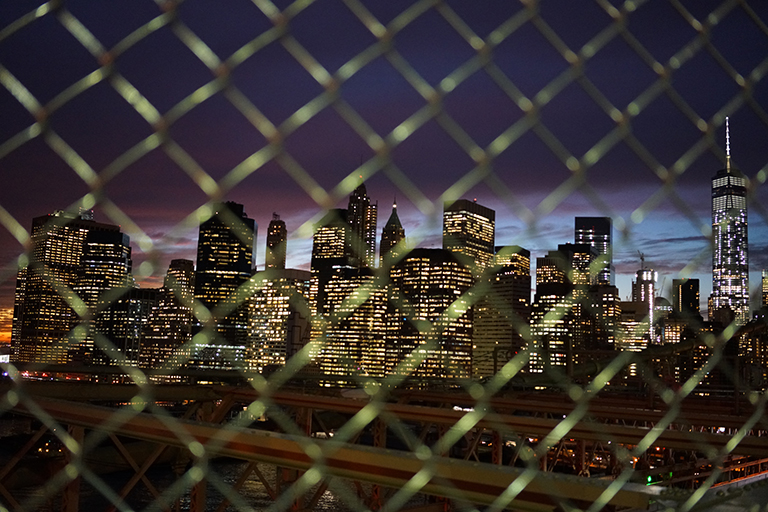
Shot on ISO-6400
Here’s a closer look at the image:
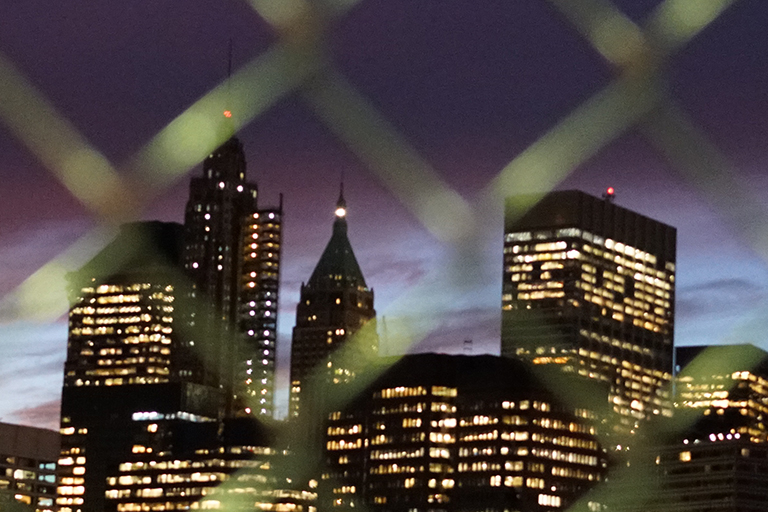
As you can see, digital noise is seen when zoomed up close although it’s not that visible compared to other cameras at this ISO value. This makes the camera so appealing to hobbyists as they could easily shoot in low-lit places by cranking up the ISO and not having to worry about distracting noises.
Next page: Image and Video Quality, Battery Life, and Conclusion







